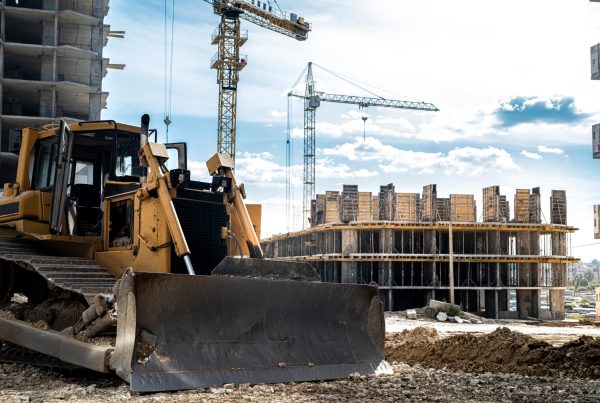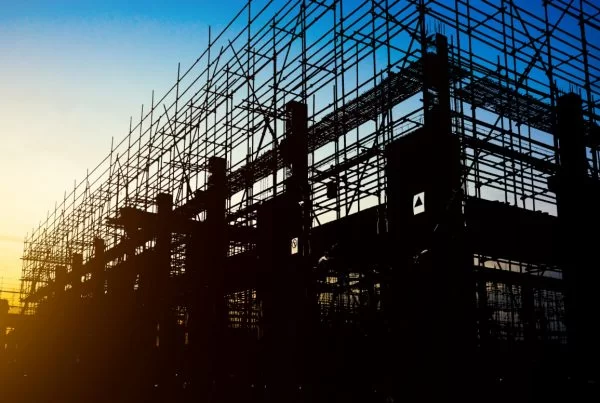
As AI integrates into construction, legal uncertainties arise. Who is responsible when AI fails?
Artificial Intelligence (AI) can potentially revolutionise the construction industry by addressing long-standing productivity issues and improving safety and efficiency. However, the path to full integration requires careful navigation of legal and operational challenges.
For example, if design issues arise, who is liable: the architect who trusted the AI design, the software developer who created the AI, the contractor who implemented the design, or someone else? Subcontractors must navigate this uncertain legal landscape by understanding how AI will be used on projects and advocating for clear contractual clauses defining roles, responsibilities, and risk allocation.
AI-driven design optimisation can create structurally sound structures, minimise material waste, and maximise energy efficiency. These advancements are not merely theoretical; large construction firms already implement AI-powered tools to streamline operations and improve outcomes.
The construction industry’s slow technology adoption has provided predictability in assigning responsibility among stakeholders. However, the integration of AI disrupts this predictability, raising complex liability questions when AI systems fail or cause harm. For instance, if an AI-operated crane malfunctions and causes an accident on-site, determining liability—whether it falls on the operator who supervised the AI, the software developer who programmed the AI, or the contractor who owns the equipment—becomes a complex issue.
To navigate this uncertain legal landscape, subcontractors must take specific steps. First, they must understand the scope of AI use on a project. Does the owner mandate AI, or is the contractor deciding to use it? This knowledge helps subcontractors take necessary precautions, such as additional inspections for AI-utilised work.
Subcontract transparency is crucial. Clear contractual clauses should define roles and responsibilities regarding AI. Subcontractors should ensure they are not liable for AI defects if they merely implement upstream parties’ AI tools. Indemnification clauses should protect subcontractors from liabilities arising from AI, provided they have no responsibility for its implementation.














